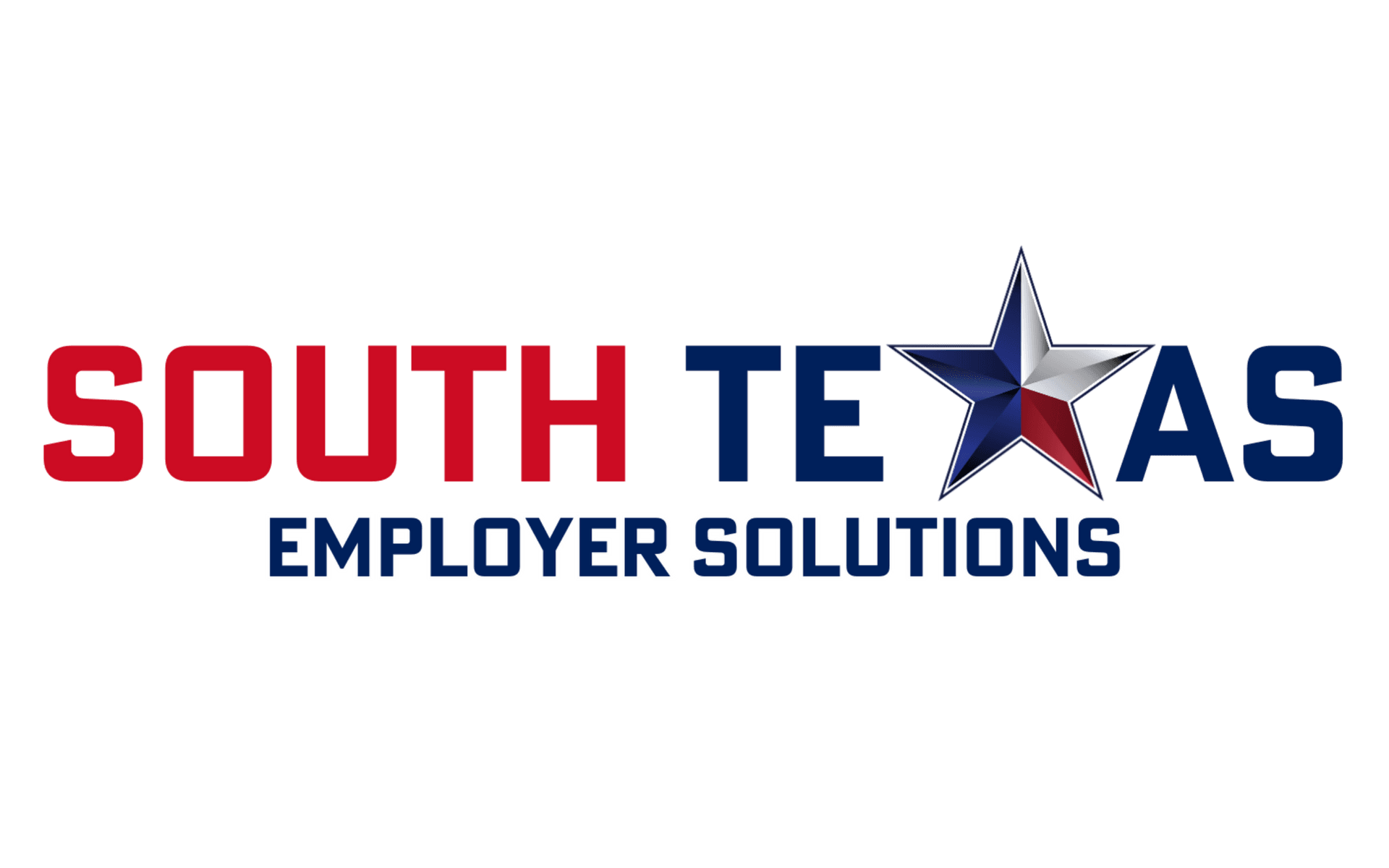PEO vs Regular Benefits: Choosing the Best Option for Your Business
Understanding PEO and Regular Benefits
When managing employee benefits, businesses often find themselves at a crossroads between Professional Employer Organizations (PEOs) and traditional benefit administration methods. Each option has its own set of advantages and potential drawbacks, making it crucial for businesses to assess their unique needs before making a decision.
A PEO offers a comprehensive solution by handling HR, payroll, and benefits administration, allowing companies to focus more on their core activities. On the other hand, regular benefits are managed internally, providing businesses with more control but also requiring more resources.

The Advantages of PEO Services
PEOs can be particularly beneficial for small to medium-sized enterprises that lack the resources to manage benefits in-house. These organizations provide access to a larger pool of benefits, often at lower costs due to their ability to leverage group buying power. This means that employees can enjoy better healthcare plans, retirement savings options, and other perks.
Moreover, PEOs handle compliance with state and federal regulations, reducing the risk of costly penalties. By outsourcing these responsibilities, businesses can save time and reduce administrative burdens significantly.
The Benefits of Managing Internally
Opting for regular benefits management allows companies to tailor benefit packages specifically to their workforce’s needs. This flexibility can lead to higher employee satisfaction as businesses can directly address the preferences and demands of their team.

Additionally, maintaining control over benefits programs enables businesses to directly oversee costs. Companies can adjust plans in response to changing financial situations or employee feedback, providing a level of adaptability that PEOs may not offer.
Cost Considerations
When choosing between PEOs and regular benefit administration, cost is often a significant factor. While PEOs can offer cost savings through economies of scale, the initial service fees may be higher than expected. It's important for businesses to evaluate if these costs align with their budget and if the benefits truly justify the expense.
In contrast, managing benefits internally may require hiring dedicated HR personnel or investing in software solutions, which can also be costly. However, these costs might be offset by the potential savings from not paying PEO service fees.

Flexibility and Control
Businesses that prioritize flexibility and control might lean towards regular benefits management. This approach allows them to swiftly implement changes based on employee feedback or shifts in company strategy. It also provides an opportunity for more personalized interaction with employees regarding their benefit options.
However, for companies that prefer to minimize internal administrative tasks, partnering with a PEO could prove advantageous. By outsourcing these functions, businesses can focus more on growth and less on the intricacies of benefit management.
Making the Right Choice
Ultimately, the decision between PEO and regular benefits depends heavily on a company's size, resources, and strategic goals. For small businesses looking to streamline operations without sacrificing quality, a PEO might be the right fit. Meanwhile, larger enterprises with established HR departments might find more value in managing benefits internally.
Evaluating your business needs and priorities is key. Consider how each option aligns with your long-term objectives, employee satisfaction goals, and financial capabilities. By doing so, you can make an informed choice that supports both your business and your workforce effectively.
